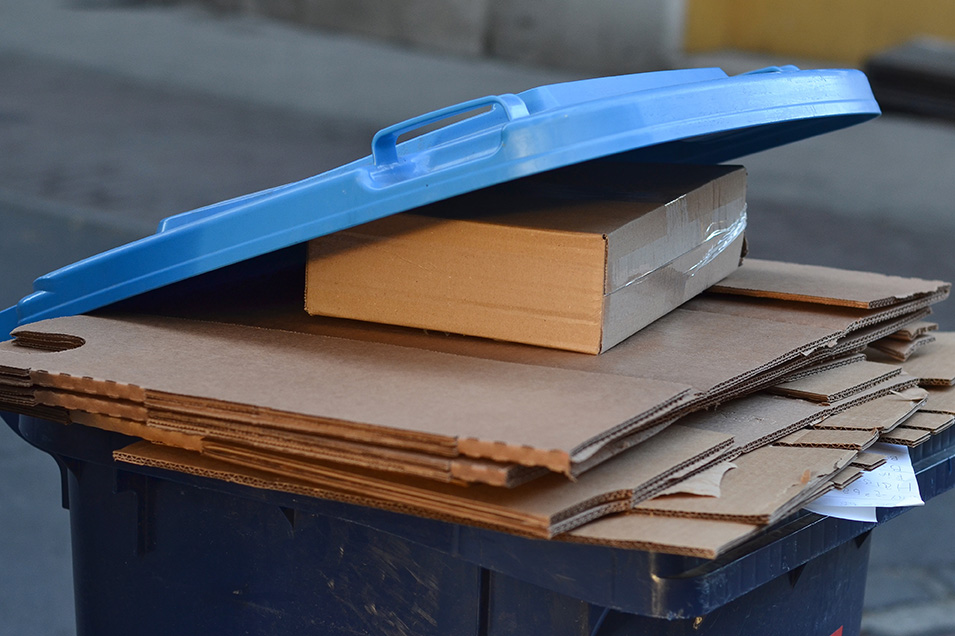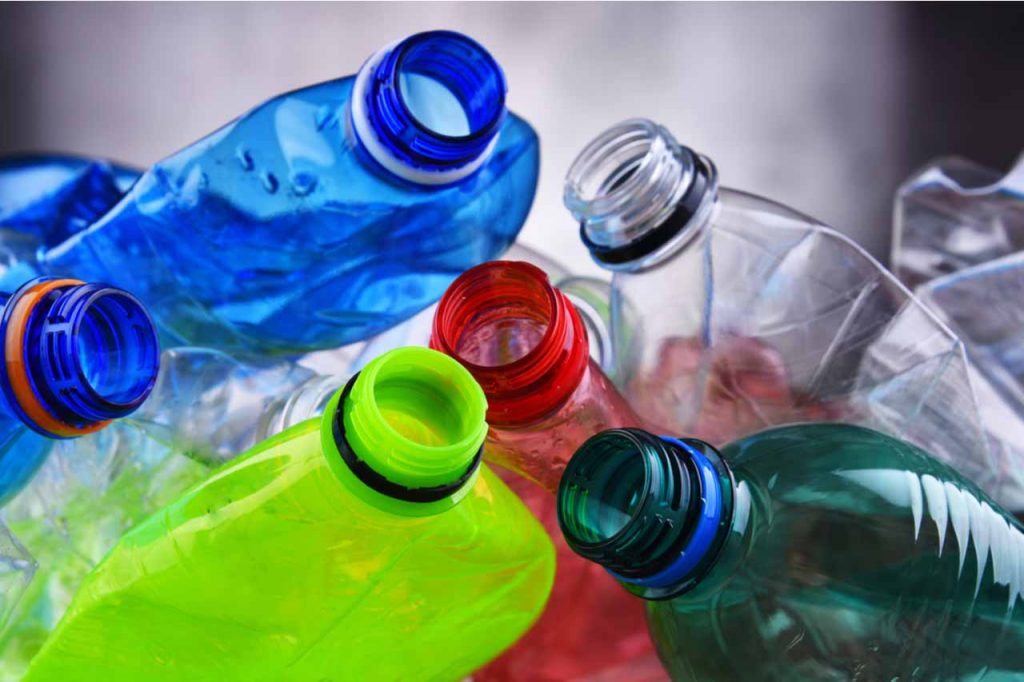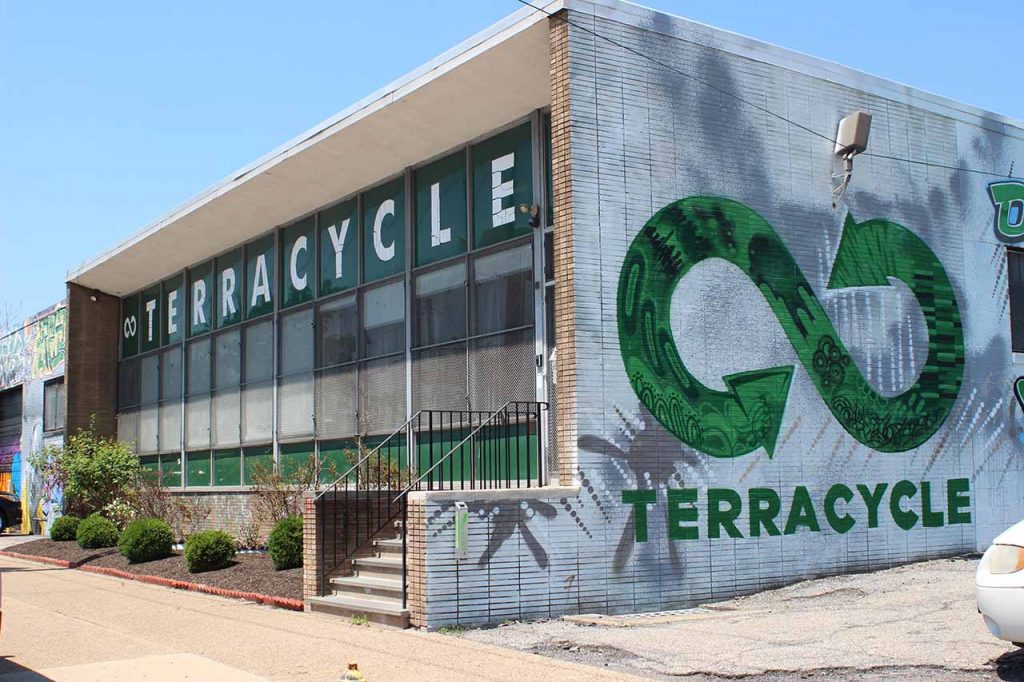
On June 1, a statewide survey will launch to collect information about recycling and manufacturers’ use of recovered materials in Texas. | Trong Nguyen/Shutterstock
Recycling stakeholders in the Lone Star State are preparing a plan that will point lawmakers toward strategies for boosting recycling.


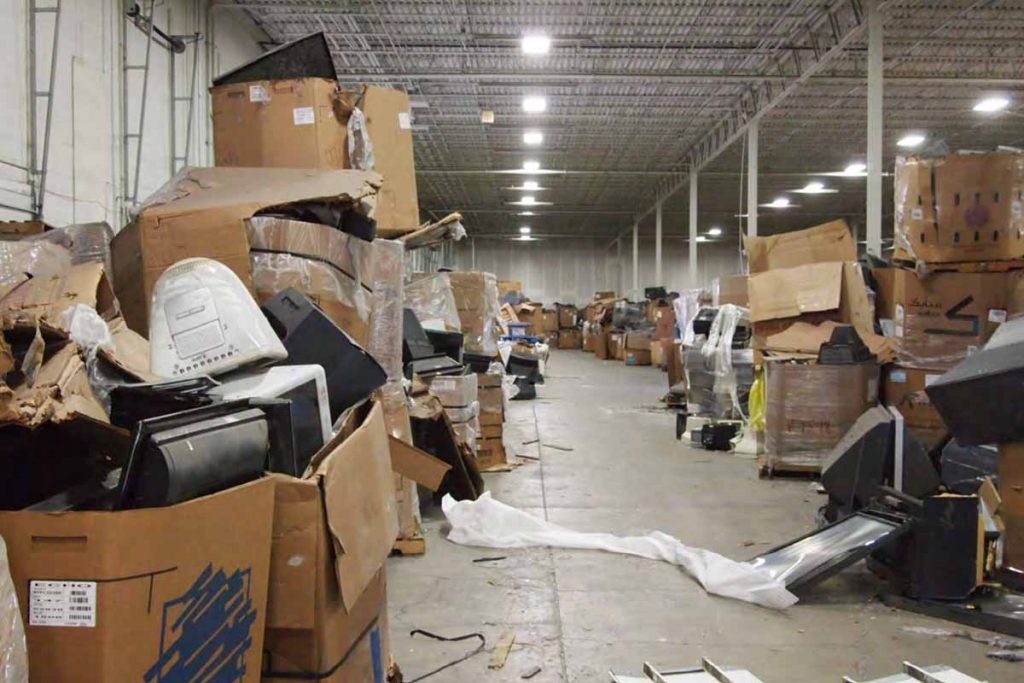

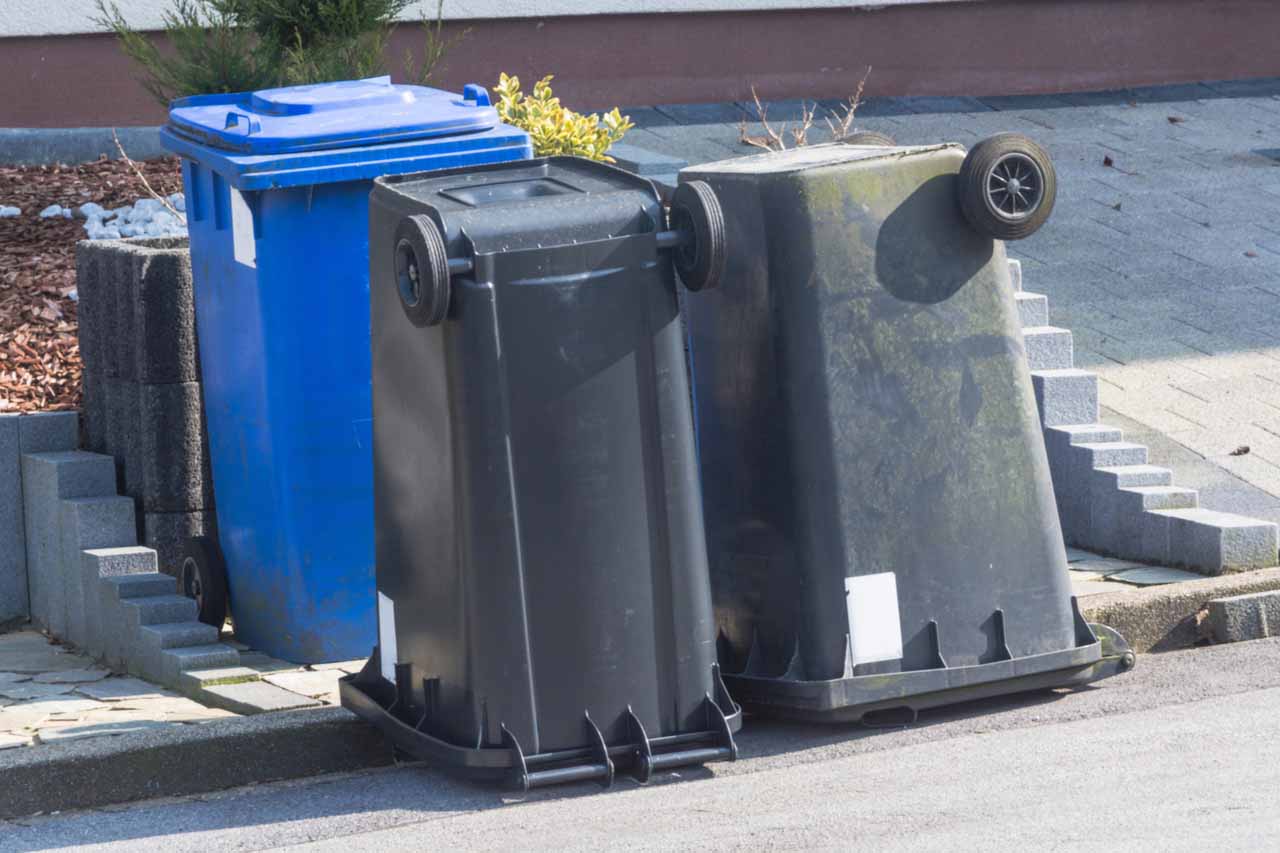
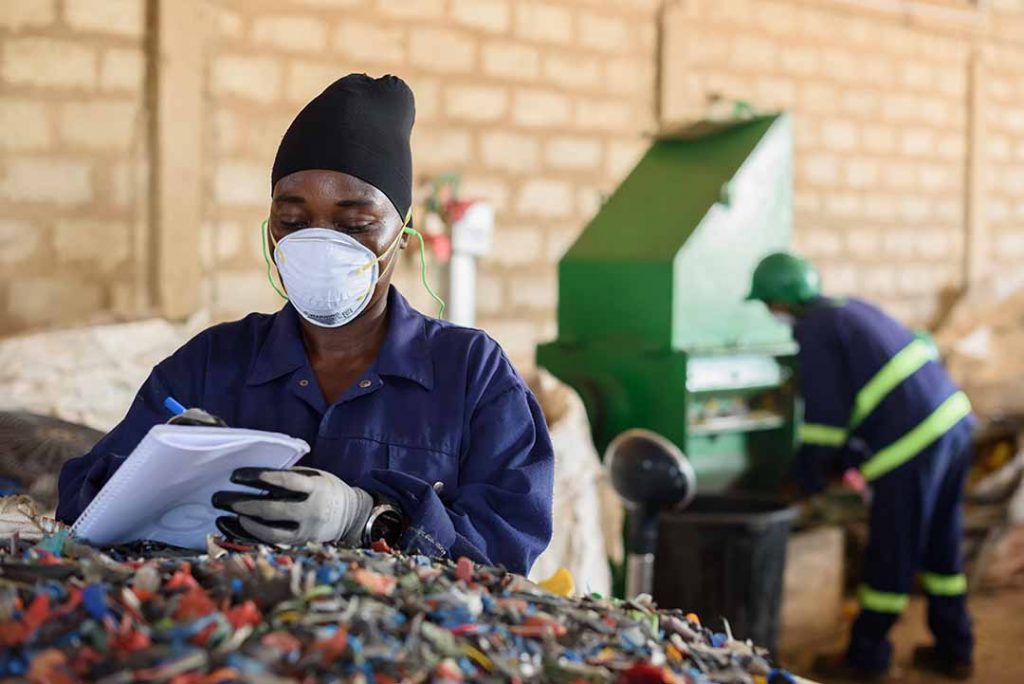
 Mixed paper, OCC and other fiber grades increased in price this month, with OCC rising to higher than $100 per ton. Plastic price trends are more of a mixed bag.
Mixed paper, OCC and other fiber grades increased in price this month, with OCC rising to higher than $100 per ton. Plastic price trends are more of a mixed bag.